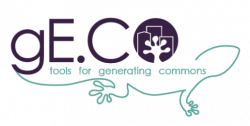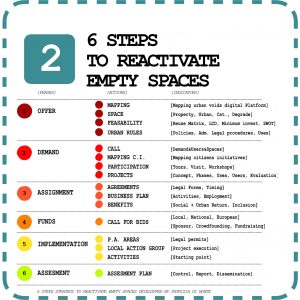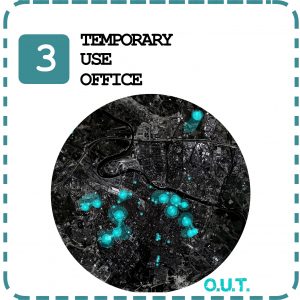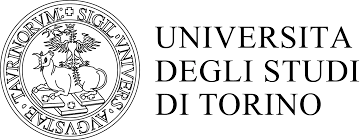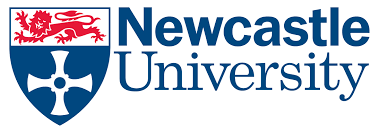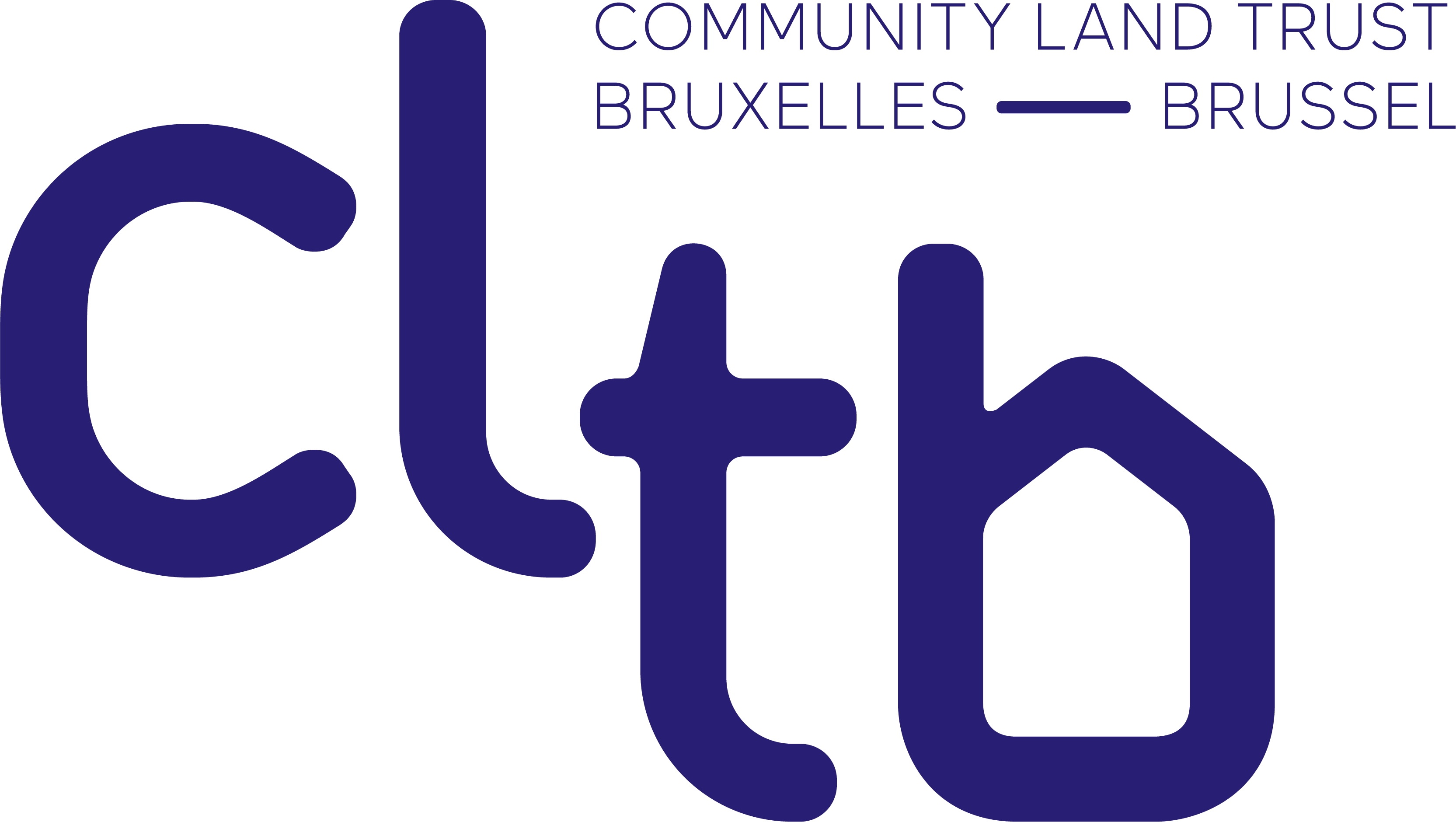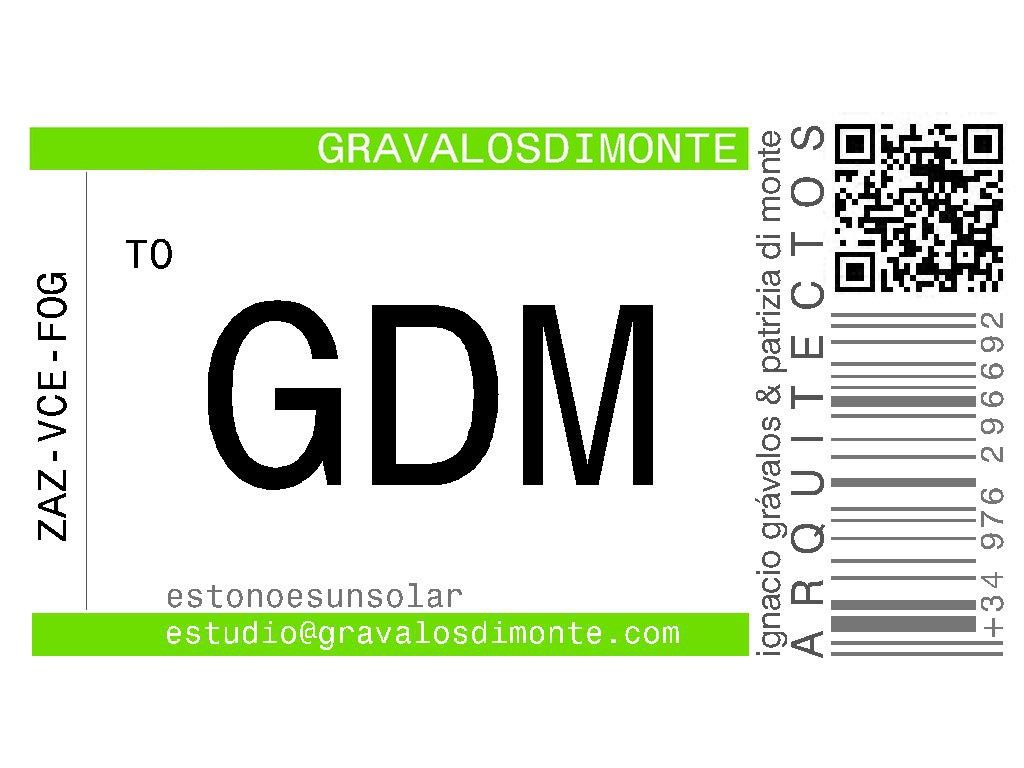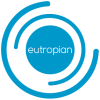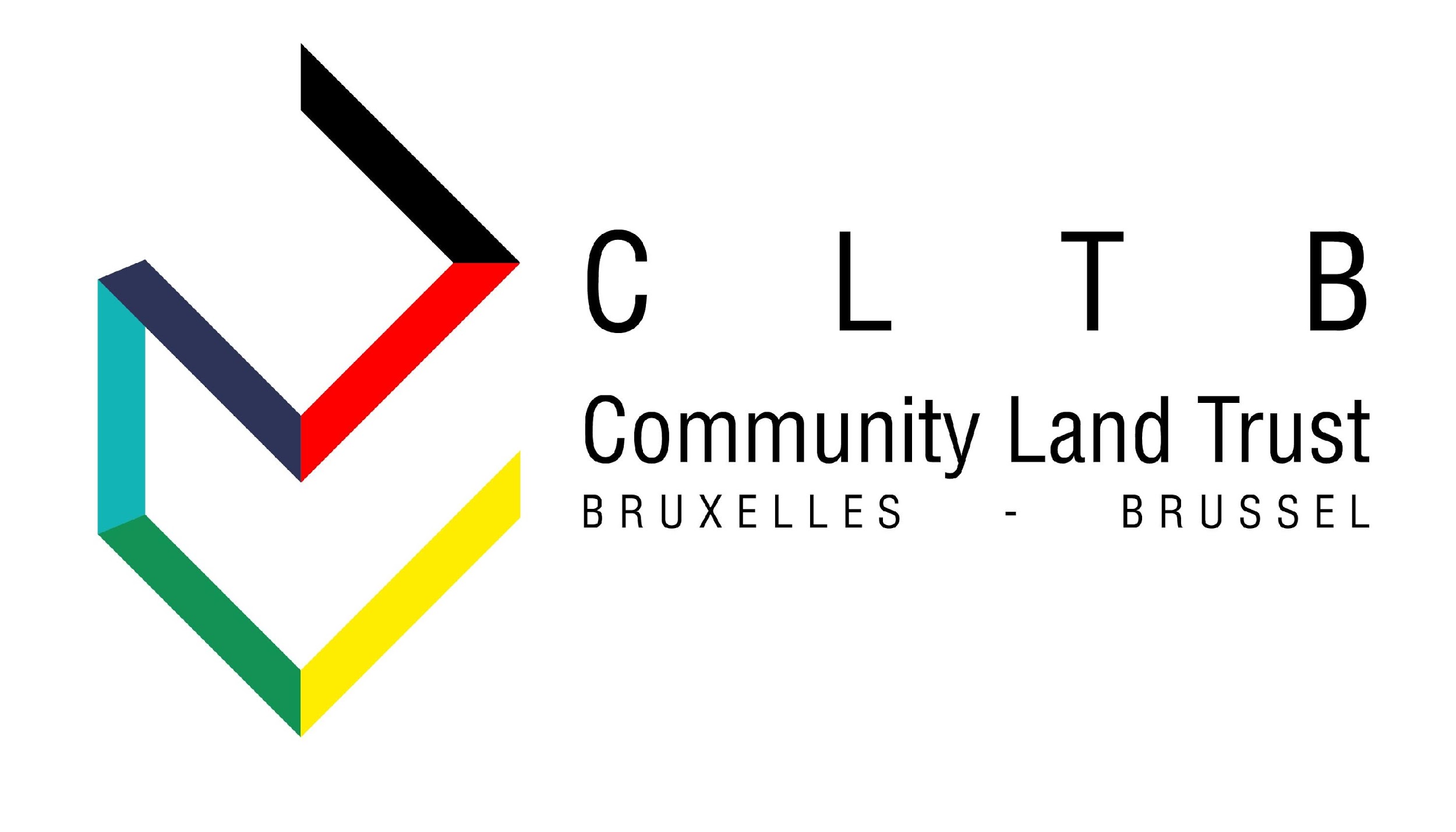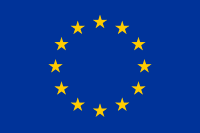The Temporary Use Toolkit
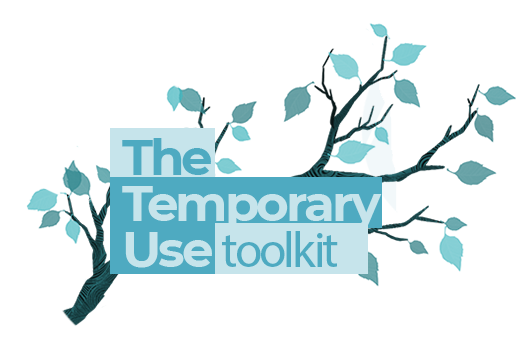
The Temporary Use Toolkit provides methodology and phases for the reactivation of empty buildings through temporary uses.
Current city planning contains an inherent dyschrony between the Urban Plan and the process. The first has been the usual instrument in the transformation of the territory based on economic, social and cultural issues that have been assumed to be stable and durable. The second, however, has operated as a factor of programmatic destabilization of what the Urban Plan had established as immutable and durable. Precisely, the definition of the urban refers to the unexpected, the surprising, the oscillating, the intermittent or the fluctuating and, therefore, opposed to any structural crystallization. However, beyond considering them antagonistic concepts, it is possible to conceive them in terms of complementarity through reuse processes that reinterpret the keys to temporality.
The experience of estonoesunsolar that activated temporary uses in abandoned lots allowed us to establish a methodology that linked all the factors involved in the temporary occupation process. This methodology was implemented in numerous public spaces. In the context of an evolution of these temporary occupation mechanisms, it is intended to extrapolate strategies for their application in the reuse of abandoned buildings.
Why is the T.U.T. necessary?
The toolkit has a double ambition. On one hand, it shows a global vision of all those factors that intervene in a process for the reuse of abandoned buildings, from the empty space mapping process and existing citizens demand, to issues related to governance, legal frameworks or the monitoring of the management. On the other hand, it affects in a more exhaustive way those specific processes of the space, creating a sequence of analysis of factors that would allow the assessing all those aspects (normative, constructive, environmental, economic, inclusive etc.) that condition the immersion of the building in a new Lifecycle.
For this instance the methodology is based on the temporal sequence of the processes, divided into 6 blocks: Offer, Demand, Award, Financing, Implementation and Assesment. Despite its global nature, the methodology allows to each section to be applied independently.
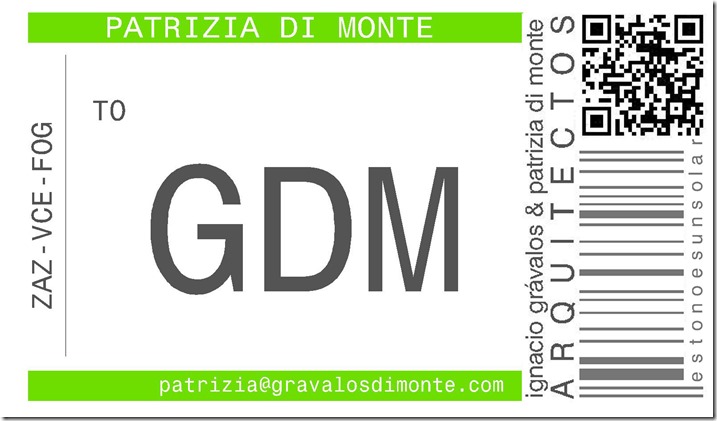
The Temporary Use Toolkit was developed by Patrizia Di Monte. If you have questions or feedback, don’t hesitate to contact us .

Goals
- To establish a methodology that allows a global vision of all those necessary processes for the temporary reuse of abandoned buildings, mainly destined to enhance the commons.
- To develop specifically those processes related to space and those circumstances necessary to assess the different parameters that allow analyzing their viability and implementation.
- To provide a case studies analysis tool.
- To facilitate the ordering of case studies that can stage the processes addressed.
The Temporary Use Tools
The Temporary Use Toolkit builds on 3 tools:
Learning from innovative case studies
Provides an analytical tool for the study of cases in which an abandoned building has been reactivated with temporary uses.
6 steps to reactivate empty spaces
Establishes a methodological tool that serves as a guide for the reprogramming of the existing city and to reincorporate disused spaces in a new useful life cycle.
Temporary use office
Envisions the implementation of a Temporary Use Office, which can function as a front office – agency (at a local or European level) to support the reactivation of abandoned buildings.
Meet the T.U.T. creator
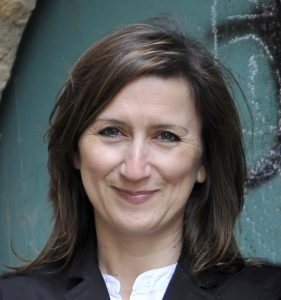
Patrizia Di Monte
Architect by the I.U.A.V. de Venezia, architect of the Peggy Guggenheim Foundation,
At the beginning of her professional activity, she received a scholarship from the Ministry of Culture of the Italian Government for Master and PhD studies at the UPC and the Contemporary Culture Center of Barcelona. After this stage of advanced training in Barcelona, she founded with Ignacio Grávalos gravalosdimonte arquitectos. She is the intellectual author of several pilot projects, including © estonoesunsolar, an experimental program for the regeneration of urban voids imported as a best practice in more than 200 cities around the world.
Her projects have been disguised by the innovative and experimental nature, promoting urban regeneration and sustainable urbanism. Her works have been published in the most relevant international cultural and architectural magazines. She is the winner, among others, of the international awards: Eurocties-Planning for people, 2011; IQU Innovazione e Qualitá urban 2010, Saie Selecion 12 – Urban Regeneration and development, Biennale Spazio Pubblico 2013 – Cittá sociale, Winning best urban solution LLGA awards 2013: Cities Pilot the Future; and research mentions XI BEAU, landscaping FAD awards 2011, Ri.U.So. awards, City to City FAD award 2012.
Her projects have been exhibited, among other cultural institutions, at the MAXXI in Rome, the DAZ in Berlin, the NAI in Rotterdam, the Citeé de l ‘Architecture in Paris.
She has been invited to several editions of the Biennale Architettura di Venezia, in the last edition she is co-author of the pilot project to stop the depopulation of the rural areas of Matera (Italy) commissioned by Venice Biennale.
She combines her professional activity with teaching as visiting professor at numerous European universities, workshops, international forums, and research as a Project Partner of the Generative Commons Program, HORIZON 2020 funds from the EU.
In 2020 she has been nominated for the Loeb Fellowship of the Harvard Graduate School of Design.
The gE.CO Toolkit collection
If you like the Temporary Use Toolkit, make sure to check other toolkits developed by the gE.CO project!
The Temporary Use Toolkit
The Temporary Reuse Toolkit provides methodology and phases for the reactivation of empty buildings through temporary uses.
The Participation Toolkit
The Participation Toolkit supports with promoting and facilitating community building through collaboration and equal participation.
The Governance Toolkit
The Governacne Toolkit helps envisioning, planning and governing the commoning processes
The Legal Toolkit
The Legal Toolkit helps communities & public administrations with the implementation & engagement of urban commons.
